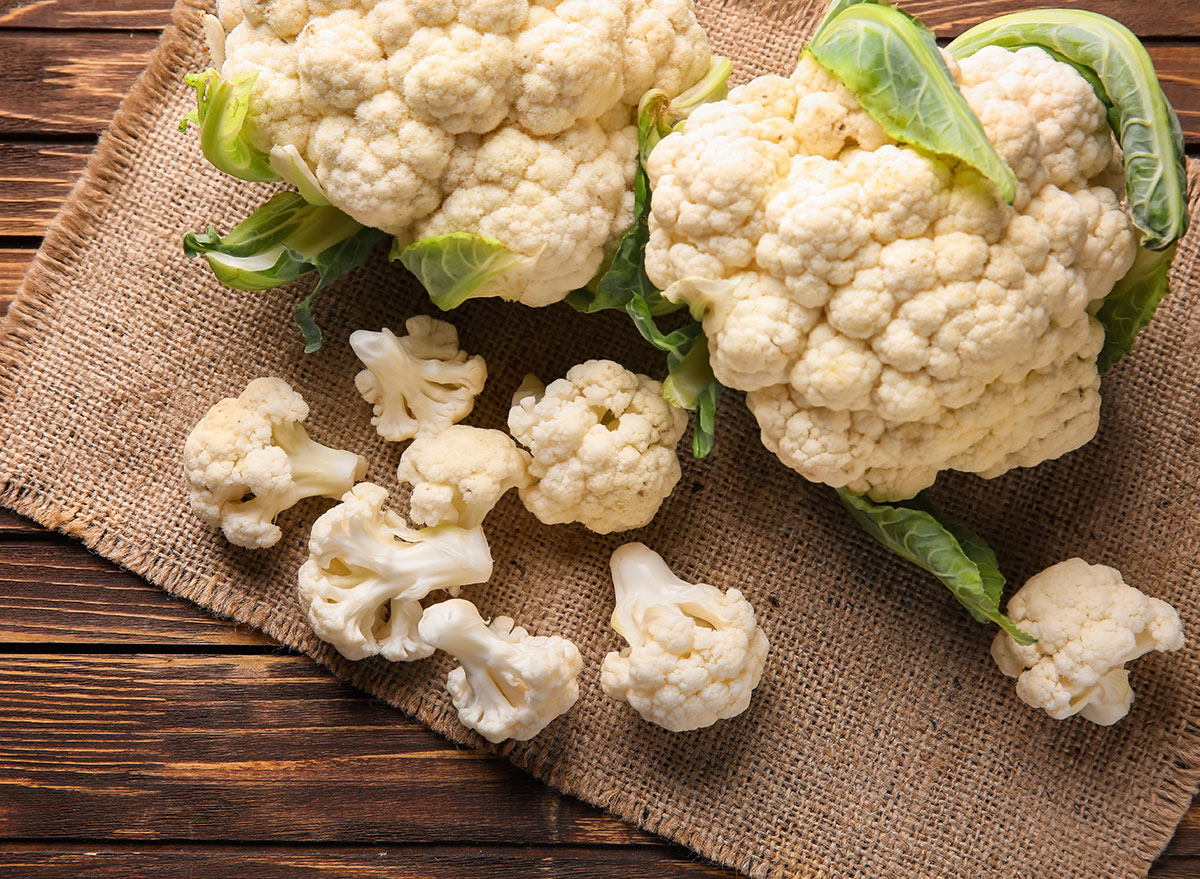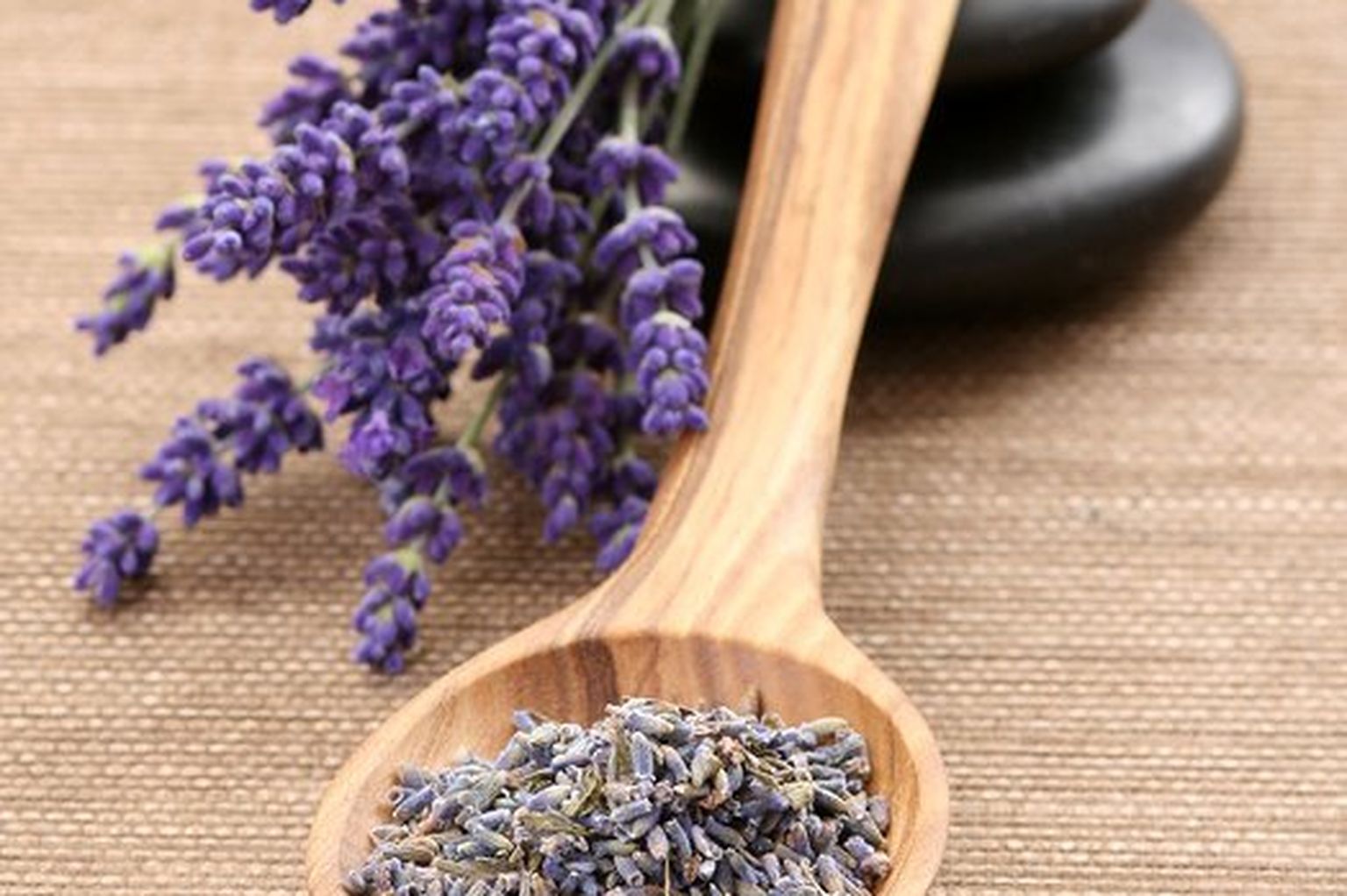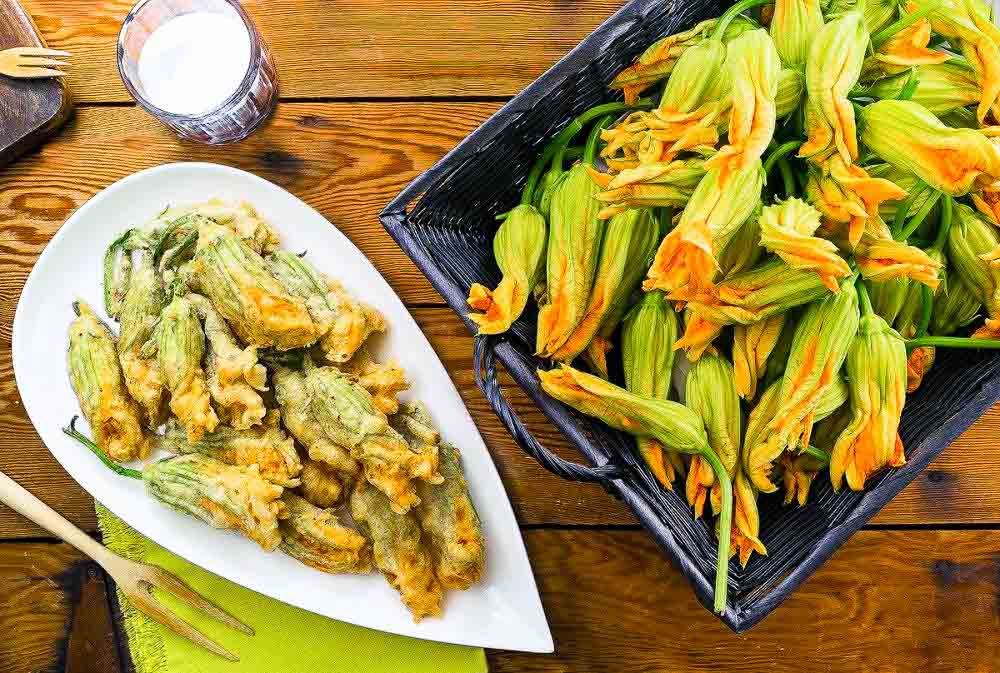May 01, 2022
Edible & Nutritious Flowers That You Can Eat?
They would always that one of the keys to living a healthy life is to eat your green and leafy vegetables. But what about, flowers? Before, flowers are just decorations, but now, they can’t just be limited to being displayed in fancy bakeries and high-end restaurants. They can now be the star of the dish.
But before you head out to your nearest flower shop or pick those that are growing in your garden and turn those into a salad. Take note. That not all flowers are edible. And the term ‘edible’ means that the flower doesn’t contain any compounds that are toxic and are grown in an environment where it is free of harsh chemicals such as preservatives or pesticides. In addition. Be sure to buy these flowers from retailers like grocery stores or gourmet shops instead of your local garden supply. Because there is a big chance that these flowers are grown for human consumption
So what are some flowers, that can not only serve as the centerpiece in your living room but can also be on your plate?
/__opt__aboutcom__coeus__resources__content_migration__simply_recipes__uploads__2006__01__steamed-broccoli-horiz-a-2000-86017ef49d3e4b1a95d6f67061e8e354.jpg)
1. Broccoli - Yes. Broccoli is a flower and its closely related to Brussels sprouts, Kale and Cauliflower. But, we eat the broccoli while the flowers are still in the bud. And when a few of those blooms, it can still be edible, but not for long. So you need to harvest it quickly. You can still eat the buds, once it blooms. But it depends on your taste. Some people find it bitter, some people don’t. Broccolis, are a powerhouse when It comes to the number of nutrients it possesses. It’s the rich fiber that helps promote healthy bowel movements. Antioxidants like glucoraphanin ( converted into sulforaphane) that mop free radical. And can even help reduce blood sugar levels, and cholesterol levels and reduce the chances of developing chronic diseases.

2. Cauliflower - The paler cousin of the broccoli. Cauliflower is also considered a flower. A cruciferous vegetable, these flowers sprout from a think central system. Some are white and some are green, some are even colored purple. Just like its cousin, the broccoli, Cauliflowers are also rich in nutrients. It’s high in choline - the help in mood and memorization. And even for brain development. It also supports proper hormone balance (indole-3-carbinol) / I3C, which helps in the reduction of the chances of developing breast & reproductive cancers (caused by abnormal levels of estrogen).

3. Lavender - Part of the mint family, lavender has a more sweet floral scent. More than just a plant that smells nice, lavender is also used for a wide variety of medicinal and therapeutic purposes. One of its main benefits is its relaxing properties. It's also used to treat anxiety and other mental issues ( through essential oil ). Lavender tea can help with digestive issues, and relieve pain from headaches.
/__opt__aboutcom__coeus__resources__content_migration__serious_eats__seriouseats.com__2020__12__20201222-sorrel-jamaican-hibiscus-drink-vicky-wasik-2-02f7983a78a442779fd31dfc2ac4d8d7.jpg)
4. Hibiscus - A flower that is very bold because of its petals. The one variety of species of Hibiscus that is well known or the most popular is the Hibiscus sabdariffa. Just like lavender. It’s also been used in a wide variety of culinary and medical applications. Known for being consumed in tea version. Hibiscus tea can help reduce blood pressure and cholesterol levels. It can be sour and has a tart taste to it, so pair it with ice, for that hot summer drink.

5. Squash Blossoms - Produced from a squash, these edible flowers can be eaten raw or chopped and served as a garnish. The flower is rich in fiber, carbohydrates, and minerals like calcium and Iron. And when it comes to taste, some people say that it tastes like sweet radish.

6. Chamomile - These flowers are a powerhouse when it comes to flavonoids within the flower. Although the potency varies. Some of the potential benefits of chamomile (in tea form), it can help reduce menstrual pain and reduce the chances of developing diabetes. Other benefits include reducing inflammation and promoting sleep and relaxation.
But before you head out to your nearest flower shop or pick those that are growing in your garden and turn those into a salad. Take note. That not all flowers are edible. And the term ‘edible’ means that the flower doesn’t contain any compounds that are toxic and are grown in an environment where it is free of harsh chemicals such as preservatives or pesticides. In addition. Be sure to buy these flowers from retailers like grocery stores or gourmet shops instead of your local garden supply. Because there is a big chance that these flowers are grown for human consumption
So what are some flowers, that can not only serve as the centerpiece in your living room but can also be on your plate?
/__opt__aboutcom__coeus__resources__content_migration__simply_recipes__uploads__2006__01__steamed-broccoli-horiz-a-2000-86017ef49d3e4b1a95d6f67061e8e354.jpg)
1. Broccoli - Yes. Broccoli is a flower and its closely related to Brussels sprouts, Kale and Cauliflower. But, we eat the broccoli while the flowers are still in the bud. And when a few of those blooms, it can still be edible, but not for long. So you need to harvest it quickly. You can still eat the buds, once it blooms. But it depends on your taste. Some people find it bitter, some people don’t. Broccolis, are a powerhouse when It comes to the number of nutrients it possesses. It’s the rich fiber that helps promote healthy bowel movements. Antioxidants like glucoraphanin ( converted into sulforaphane) that mop free radical. And can even help reduce blood sugar levels, and cholesterol levels and reduce the chances of developing chronic diseases.

2. Cauliflower - The paler cousin of the broccoli. Cauliflower is also considered a flower. A cruciferous vegetable, these flowers sprout from a think central system. Some are white and some are green, some are even colored purple. Just like its cousin, the broccoli, Cauliflowers are also rich in nutrients. It’s high in choline - the help in mood and memorization. And even for brain development. It also supports proper hormone balance (indole-3-carbinol) / I3C, which helps in the reduction of the chances of developing breast & reproductive cancers (caused by abnormal levels of estrogen).

3. Lavender - Part of the mint family, lavender has a more sweet floral scent. More than just a plant that smells nice, lavender is also used for a wide variety of medicinal and therapeutic purposes. One of its main benefits is its relaxing properties. It's also used to treat anxiety and other mental issues ( through essential oil ). Lavender tea can help with digestive issues, and relieve pain from headaches.
/__opt__aboutcom__coeus__resources__content_migration__serious_eats__seriouseats.com__2020__12__20201222-sorrel-jamaican-hibiscus-drink-vicky-wasik-2-02f7983a78a442779fd31dfc2ac4d8d7.jpg)
4. Hibiscus - A flower that is very bold because of its petals. The one variety of species of Hibiscus that is well known or the most popular is the Hibiscus sabdariffa. Just like lavender. It’s also been used in a wide variety of culinary and medical applications. Known for being consumed in tea version. Hibiscus tea can help reduce blood pressure and cholesterol levels. It can be sour and has a tart taste to it, so pair it with ice, for that hot summer drink.

5. Squash Blossoms - Produced from a squash, these edible flowers can be eaten raw or chopped and served as a garnish. The flower is rich in fiber, carbohydrates, and minerals like calcium and Iron. And when it comes to taste, some people say that it tastes like sweet radish.

6. Chamomile - These flowers are a powerhouse when it comes to flavonoids within the flower. Although the potency varies. Some of the potential benefits of chamomile (in tea form), it can help reduce menstrual pain and reduce the chances of developing diabetes. Other benefits include reducing inflammation and promoting sleep and relaxation.
